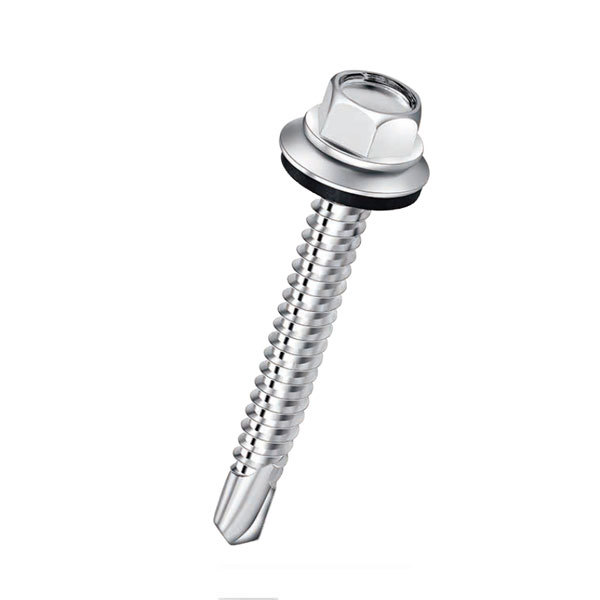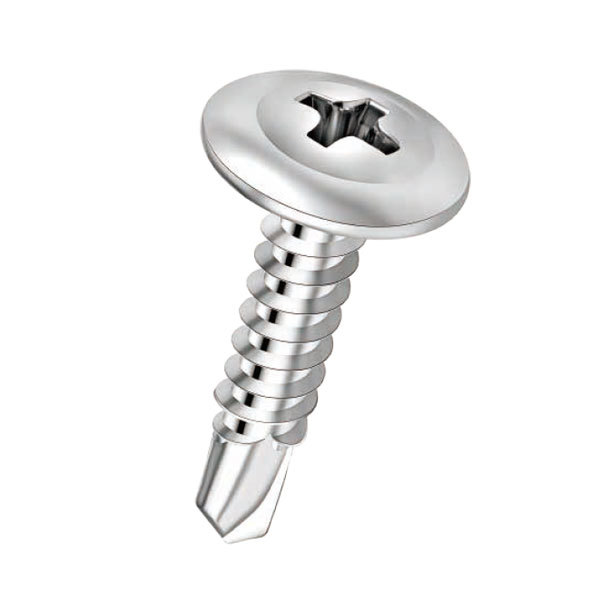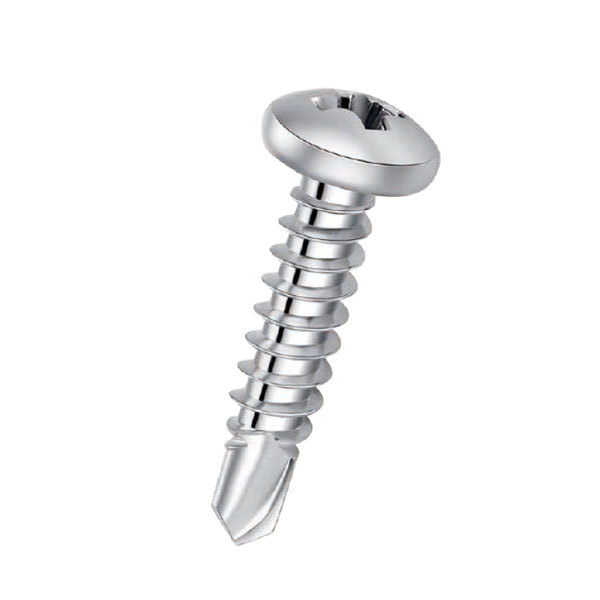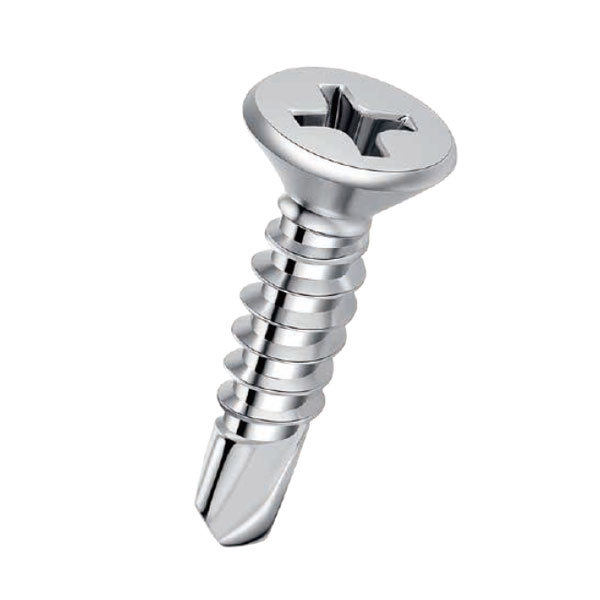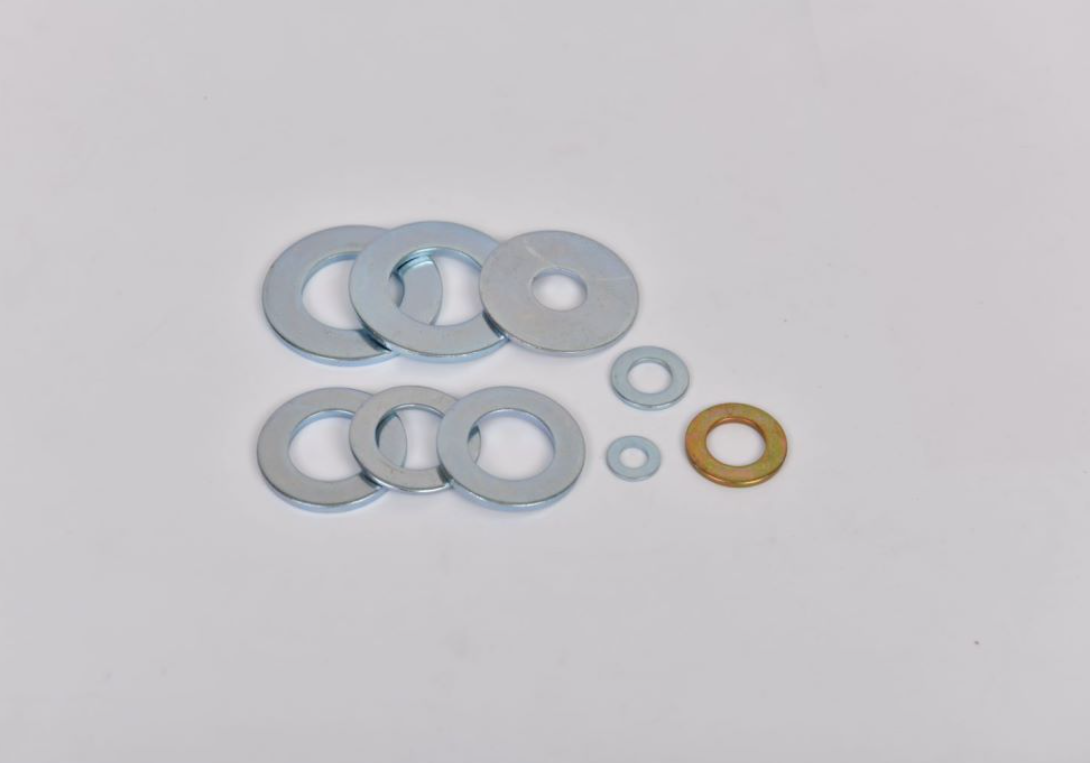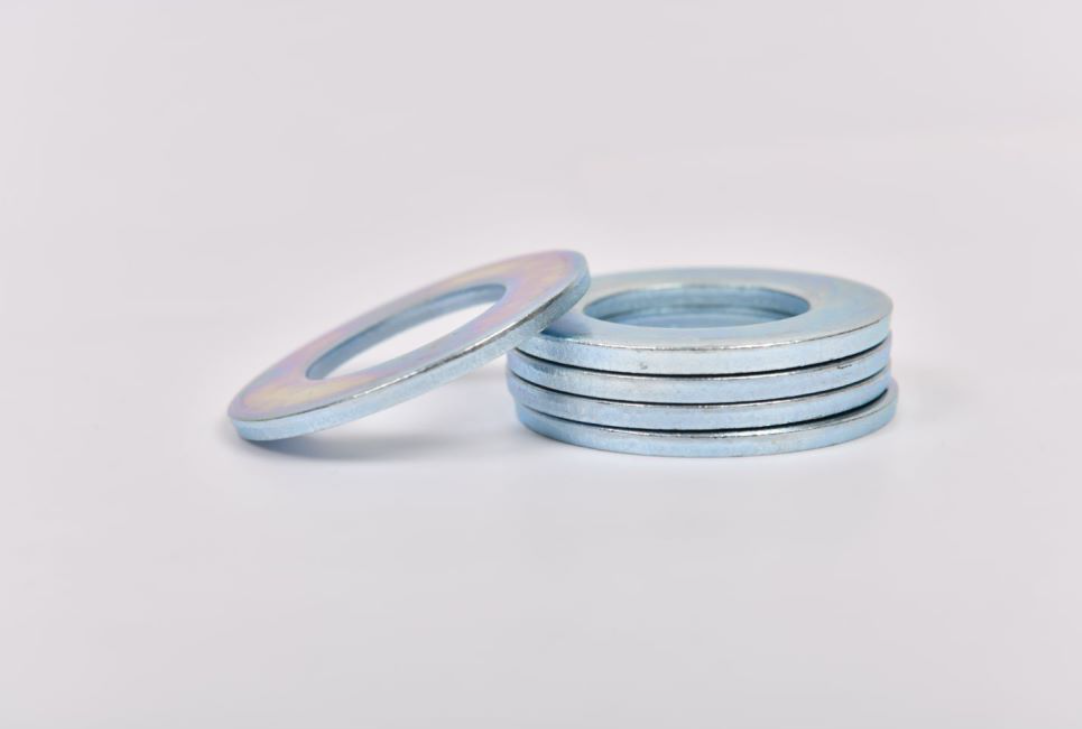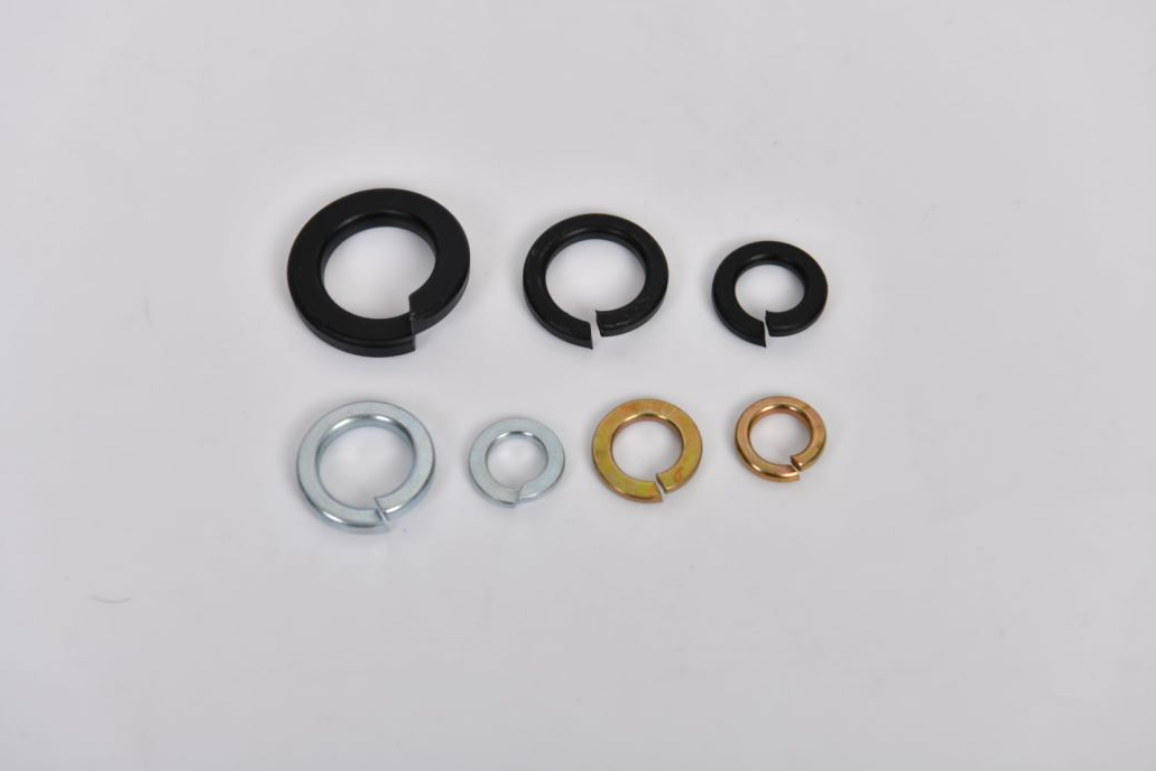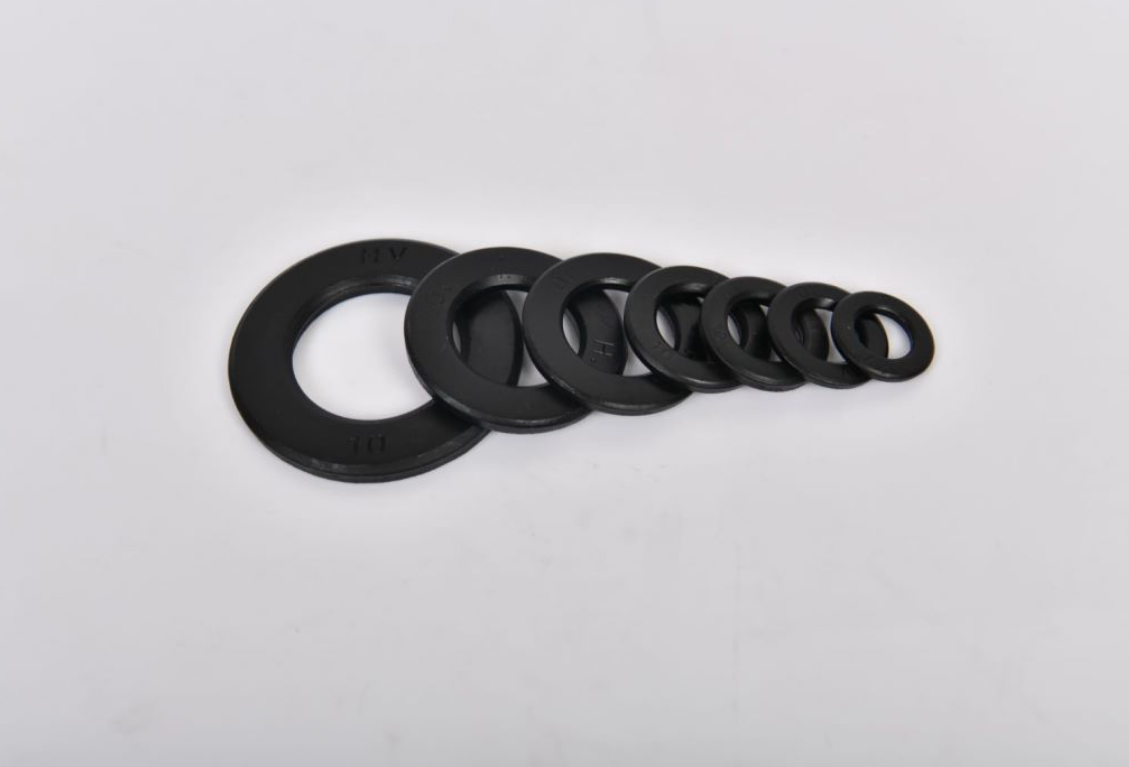Split Washer vs Spring Washer Manufacturers - Quality Fasteners
Split Washer vs. Spring Washer Understanding the Differences
When it comes to securing fasteners in various applications, choosing the right type of washer is crucial. Among the many types available, split washers and spring washers are two commonly used options. This article aims to explore the differences between these two types of washers, their applications, and the manufacturers that specialize in their production.
What is a Split Washer?
A split washer, often referred to as a lock washer, features a helical or split design that creates spring tension when it's compressed. This unique shape allows it to grip the bolt or nut more effectively, thereby preventing loosening due to vibration or torque. The split design means that it can exert significant force over a small area, which helps maintain the integrity of the connection under various conditions.
Split washers are typically used in applications where the risk of loosening due to movement or vibration is high. Common examples include machinery, automotive assemblies, and structural connections. Their effectiveness in securing fasteners makes them a preferred choice for many manufacturers across different industries.
What is a Spring Washer?
Spring washers, like split washers, are also designed to provide tension and prevent loosening, but they are generally more versatile in their applications. A spring washer can take different forms, including conical washers and wave washers. Unlike split washers, which are primarily designed to lock fasteners in place, spring washers can absorb shock loads and distribute pressure evenly.
split washer vs spring washer manufacturers

This makes spring washers ideal for use in applications where there might be variations in load or where shock absorption is necessary, such as in vehicles, heavy machinery, and in electrical connections. Manufacturers often choose spring washers for their flexibility and ability to accommodate different types of assemblies.
Key Differences
The primary difference between split washers and spring washers lies in their design and intended use. Split washers focus mainly on preventing loosening, while spring washers provide a combination of locking and shock absorption. This means that the choice between the two may depend on the specific requirements of the application at hand.
Another key difference is in the material used for manufacturing. While both types can be made from a variety of metals, spring washers are often made from resilient materials to withstand repeated stresses and loads. This gives them an edge in dynamic applications compared to split washers, which may not be as durable under constant wear and tear.
Choosing the Right Manufacturer
When selecting a manufacturer for split and spring washers, companies should consider factors such as quality, material specifications, and production capabilities. Reputable manufacturers are those that adhere to industry standards and offer products that can withstand the demands of various applications. Notable manufacturers also invest in durable materials and innovative designs, which can lead to improved performance and longevity.
In conclusion, both split washers and spring washers play significant roles in ensuring the reliability of fastened joints. Their unique designs serve different purposes, and understanding these differences is essential for engineers and manufacturers. By choosing the right washer and the right manufacturer, businesses can enhance the efficacy of their assemblies while minimizing potential failures due to loosening or shock loads.
-
Top Choices for Plasterboard FixingNewsDec.26,2024
-
The Versatility of Specialty WashersNewsDec.26,2024
-
Secure Your ProjectsNewsDec.26,2024
-
Essential Screws for Chipboard Flooring ProjectsNewsDec.26,2024
-
Choosing the Right Drywall ScrewsNewsDec.26,2024
-
Black Phosphate Screws for Superior PerformanceNewsDec.26,2024
-
The Versatile Choice of Nylon Flat Washers for Your NeedsNewsDec.18,2024



